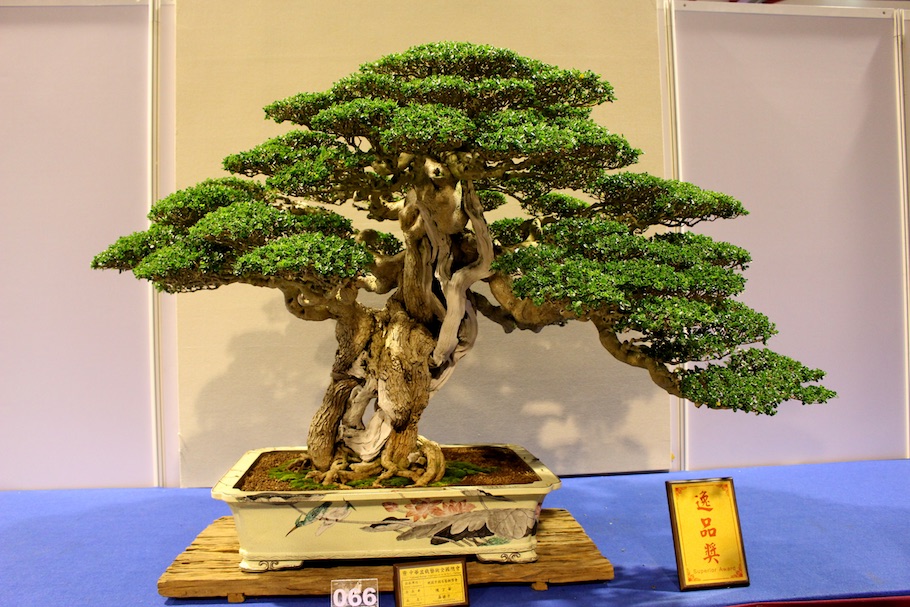Premna Bonsai Care guidelines
Premna species are subtropical or tropical trees and most of them need temperatures above 50°F (10°C). They like an airy place in full sun, but very small specimen should be protected from hot midday sun to keep them from drying out. When placed indoors, the Premna needs a warm place with relatively high humidity and lots of light. Electric grow lights can help. When the deciduous Japanese Premna (Premna japonica) drops its leaves and goes into winter dormancy, it can endure a slight frost but should be protected in a cold frame with temperatures between 32°F (0°C) and 50°F (10°C).
Premnas grow very strongly and produce a lot of roots. Therefore they need much water and must not dry out completely. Keep them slightly moist in winter. Avoid using very calcareous water. Continue reading about watering Bonsai trees.
Watering
Free lecture from the Beginners CourseDuring the growing season apply solid organic fertilizer every month or use a liquid fertilizer every week. Evergreen trees which do not show much activity in winter can be fertilized one a month with a liquid product. Dormant trees (Premna japonica) are not fed in the winter.
New long shoots should be shortened to one or two leaf pairs when five or six have grown. Larger branches are best pruned in summer because cut wounds heal faster when the tree grows strongly. Use cut paste to promote callus formation. Premna trees can be wired at any time of the year, but deciduous species are best wired when their leaves have fallen. The younger branches are quite flexible. Take care to remove the wire in time when the tree grows strongly and thickens fast. Continue reading about pruning Bonsai trees.
Premnas are repotted every two or three years in spring when the buds swell. About one third of the root mass can be removed. Use a standard soil mix. Continue reading about repotting Bonsai trees.
The Premna tree can be propagated from seeds and cuttings. Air-layering is also possible.
The Premna is quite resistant, but in rare cases aphids, scale, red spider mites or powdery mildew can occur. Then use a specific pesticide and try to improve the trees growing conditions, especially try to provide enough light. For more detailed information on these techniques, check out our Bonsai tree care section.

Premna obtusifolia, Taiwan
General information about the Premna Bonsai tree
The most popular species for bonsai are Premna obtusifolia, Premna microphylla, Premna serratifolia and Premna japonica. The Japanese species (Premna japonica) is deciduous while most other Premna species are evergreen. The small opposite leaves are quite variable in shape and can be ovate or, in case of Premna japonica, toothed with three lobes, similar to those of the trident maple. The beautifully textured trunk with its light beige bark and the fine ramification make Premna popular for bonsai and also for small shohin sized bonsai trees. In summer small panicles of yellow or whitish flowers can appear, followed by small dark fruit. Although a common name of the Premna is Musk Maple, the plant is not related to the maple genus (Aceraceae). If a Premna plant is touched, it exudes an unpleasant smell. If you need help identifying your tree, take a look at our Bonsai tree identification guide.





